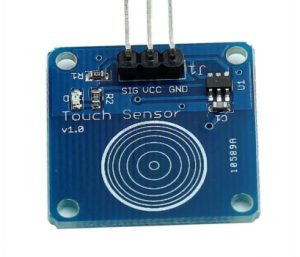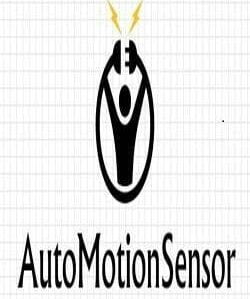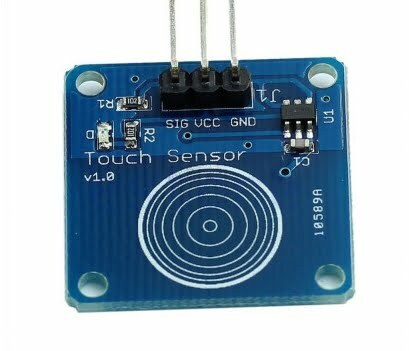What is a touch sensor ?
Touch sensor is an electronic device which senses the presence of human hand or body. It is also capable of sensing stylus or surface contact between two different material.
Touch-sensors are widely used in the following areas:
- Consumer electronics: It is widely used in touch screens on smartphones, tablets, displays, remote controller, mobile devices and screens. It is also used in toys and touch sensitive electronic devices.
- Industrial and automotive applications: Touch-sensors are used in industrial and automotive settings to control machinery and equipment, as well as in cars and vehicles as part of the infotainment systems.
- Medical and healthcare: Touch-sensors are used in medical devices such as blood glucose meters, blood pressure monitors, and other health monitoring gadgets and devices.
- Gaming and entertainment: Touch enabled sensors are used in video games and other entertainment applications to provide an interactive experience for the user. In gaming pads, consoles, joystick, keyboards touchpad is a must nowadays.
- Robotics and automation: Touch-sensors are also widely used in robotic applications for human-robot interaction and for tactile sensing in robots.
How does touch sensor work?
- Infrared touch sensors: These sensors use infrared light to detect touch. They work by emitting infrared light over the surface of the sensor and detecting changes in the light when an object comes into contact with it.
- Surface Acoustic Wave touch sensors: These sensors work by sending ultrasonic waves over the surface of the sensor and then detecting changes in the waves when an object comes into contact with it. The sensor typically consists of a transparent piezoelectric material coated over a glass substrate. When an object comes into contact with the sensor, it changes the propagation of the ultrasonic waves, this interruption can be detected by the receiver and the sensor can determine the location of the touch.
- Capacitive touch sensors are made up of a capacitive material, such as copper, that is coated over a substrate, such as glass. The human body is also conductive and when you touch the sensor, your finger which is conductive alters the electrostatic field at that point. This change in capacitance can then be detected and used to determine the location of the touch.
- Resistive touch sensor, which works by detecting changes in resistance when an object comes into contact with the sensor. Resistive touch sensors are typically made up of two layers of conductive material, such as indium tin oxide (ITO), separated by a small gap. When an object, such as a finger, presses down on the sensor, it makes contact between the two layers and causes the resistance at that point to change. This change in resistance can then be detected and used to determine the location of the touch.
Touch sensor circuit

A typical touch circuit diagram for a touch sensor will depend on the type of touch sensor being used. However, here’s in the example of a basic circuit diagram, we are discussing a capacitive touch sensor.
A capacitive touch sensor circuit consists of a capacitor, whose value changes when touched. The capacitor is connected to Vcc (+ve) and ground (-ve) terminals, respectively.
When a finger or other conductive object comes into contact with the capacitor, the capacitance changes at that point. This change in capacitance can then be detected by the controller, which can then be used to determine the touch.
There are different ways to implement this circuit, for example in some cases, it could be a microcontroller with built-in touch sensing functionality, or a dedicated touch controller IC that interfaces with the microcontroller, which will analyze the change in the capacitance.

